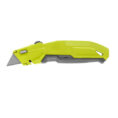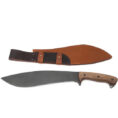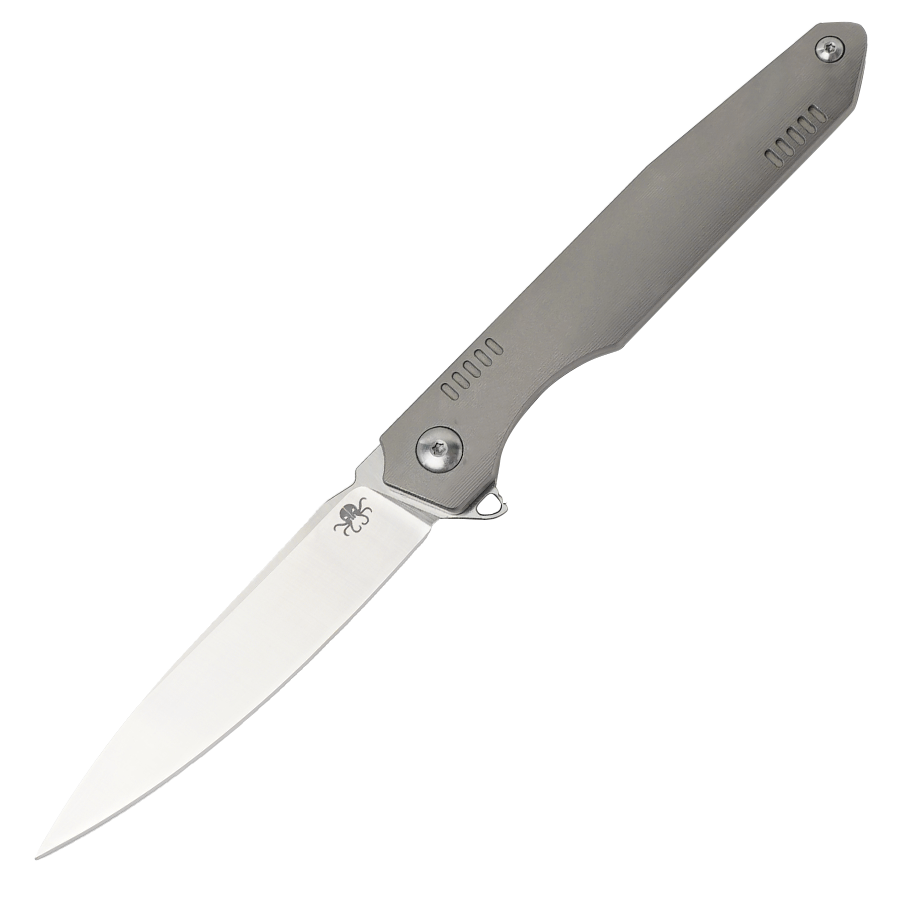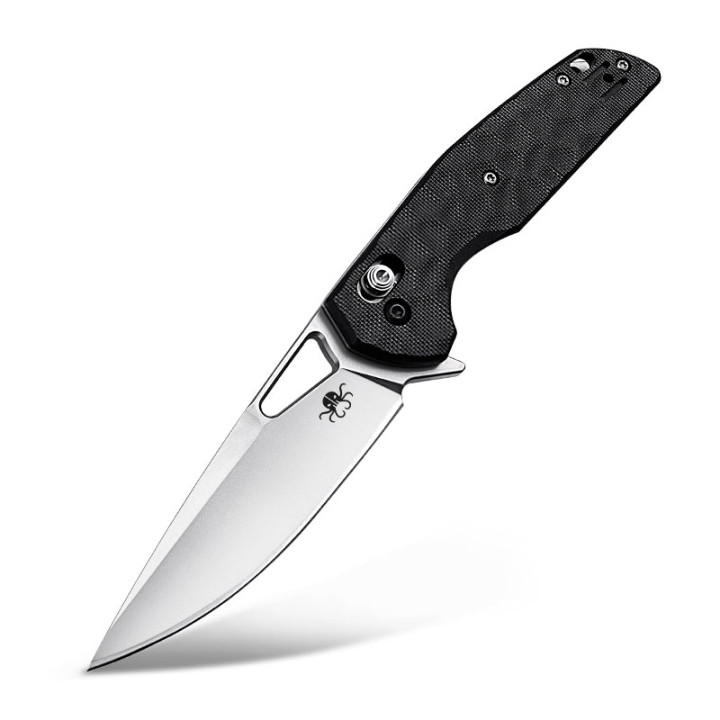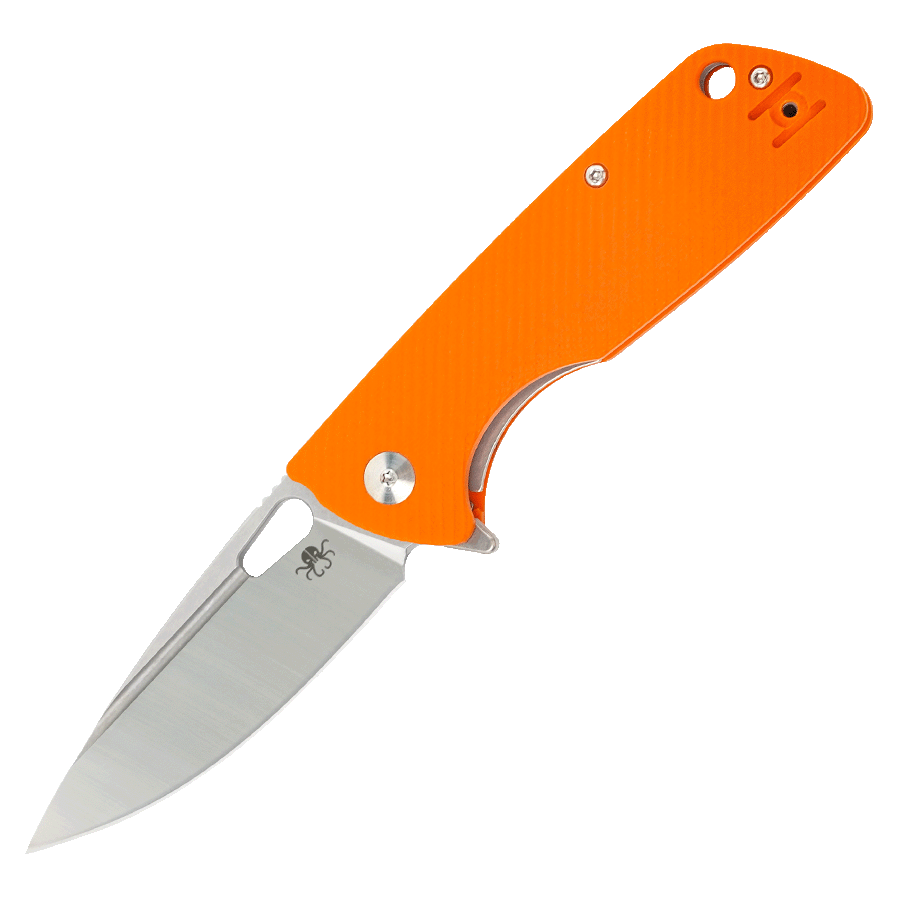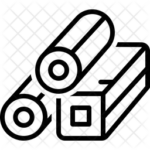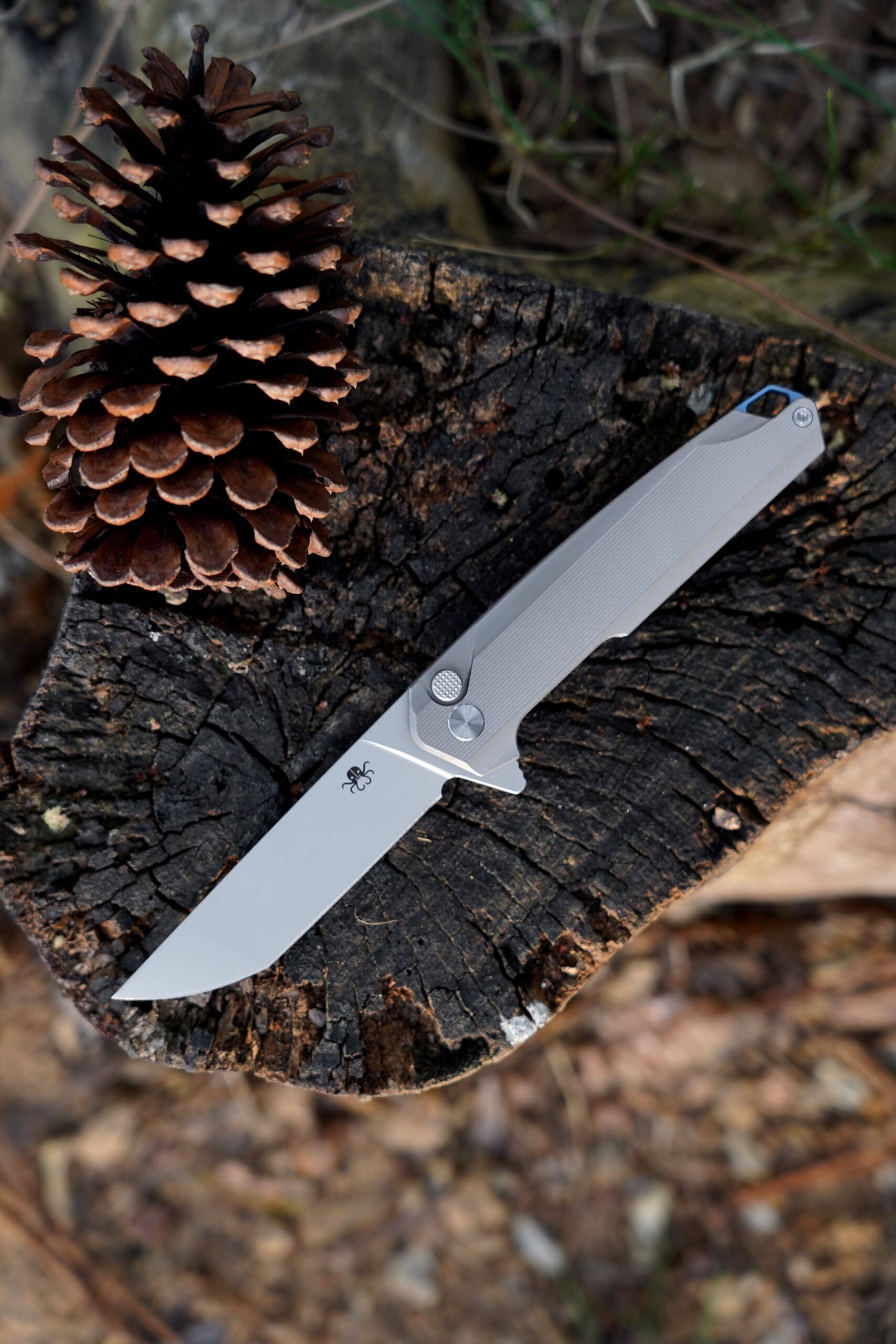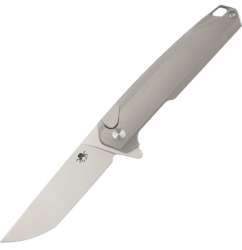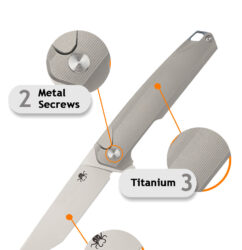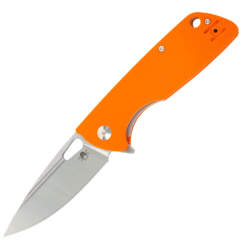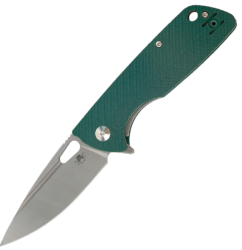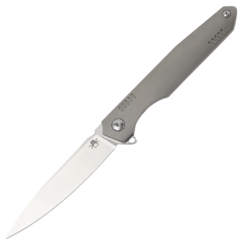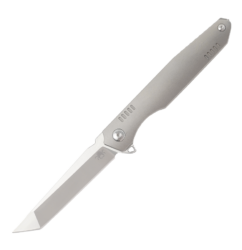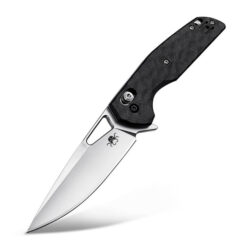How to Customize a Folding Knife

Customizing a folding knife allows you to create a tool that perfectly fits your needs, style, and preferences. Whether you want to improve functionality, enhance aesthetics, or personalize your knife, there are several ways to modify it. This guide covers the key aspects of folding knife customization, including blade modifications, handle upgrades, hardware changes, and more.
1. Blade Customization
The blade is the most critical part of a folding knife, and modifying it can improve performance and appearance.
Blade Shape & Grind
- Regrinding the Edge: If the factory edge isn’t sharp enough, you can reprofile it to a different angle (e.g., 15° for precision cutting or 25° for durability).
- Modifying the Blade Shape: Some knife enthusiasts reshape the blade into a drop point, tanto, or wharncliffe style using a grinder (requires skill to avoid overheating and damaging the steel).
- Adding a Finger Choil: A small notch near the base of the blade improves grip and control.
Blade Finish
- Stonewashing: Tumbling the blade with abrasive media creates a rugged, scratch-resistant finish.
- Acid Etching: Using ferric chloride or vinegar can darken the blade for a tactical look.
- Polishing: A mirror finish reduces friction and enhances corrosion resistance.
2. Handle Modifications
The handle affects grip comfort and aesthetics. Customizing it can make the knife more ergonomic and visually appealing.
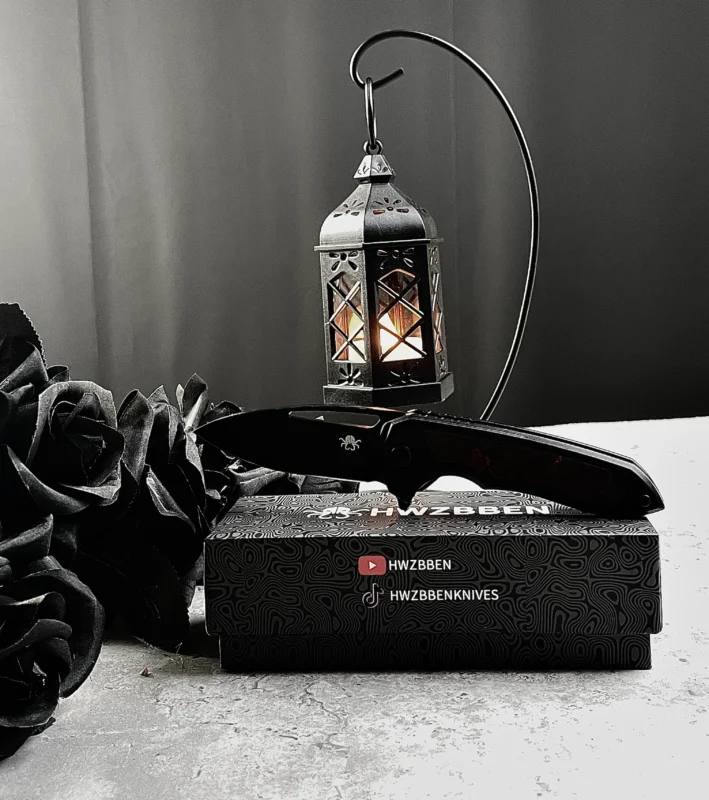
Scales Replacement
- Materials: Common options include G-10, carbon fiber, titanium, micarta, or exotic wood.
- Custom Shaping: Sanding or milling the scales can improve grip and reduce weight.
Texturing & Engraving
- Stippling: A soldering iron or Dremel can add grip-enhancing textures.
- Laser Engraving: Personalize the knife with initials, patterns, or artwork.
3. Hardware Upgrades
Small changes to the hardware can significantly improve performance.
Pivot & Screws
- Upgrading to Titanium Screws: Reduces weight and prevents rust.
- Adjusting Pivot Tension: Ensures smooth opening without blade play.
Lock Mechanism Tuning
- Polishing Lock Interfaces: Smoothing the lock bar contact point improves reliability.
- Adding a Lockbar Stabilizer: Prevents lock stick in titanium frame locks.
4. Clip & Carry Options
A deep-carry or custom pocket clip enhances usability.
- Material Choices: Titanium or anodized aluminum clips offer durability.
- Position Adjustments: Some prefer tip-up or tip-down carry.
5. Final Touches
- Lubrication: High-quality knife oil (e.g., Nano-Oil) ensures smooth operation.
- Anodizing (for Titanium Parts): Adds color through electrical oxidation.
Conclusion
Customizing a folding knife requires patience and the right tools, but the results are rewarding. Whether you modify the blade, handle, or hardware, each change can enhance performance and aesthetics. Start with simple upgrades like scale replacements before attempting advanced modifications. With practice, you can create a knife that is truly unique.
Would you like recommendations for specific tools or materials? Let me know how you plan to customize your knife!



